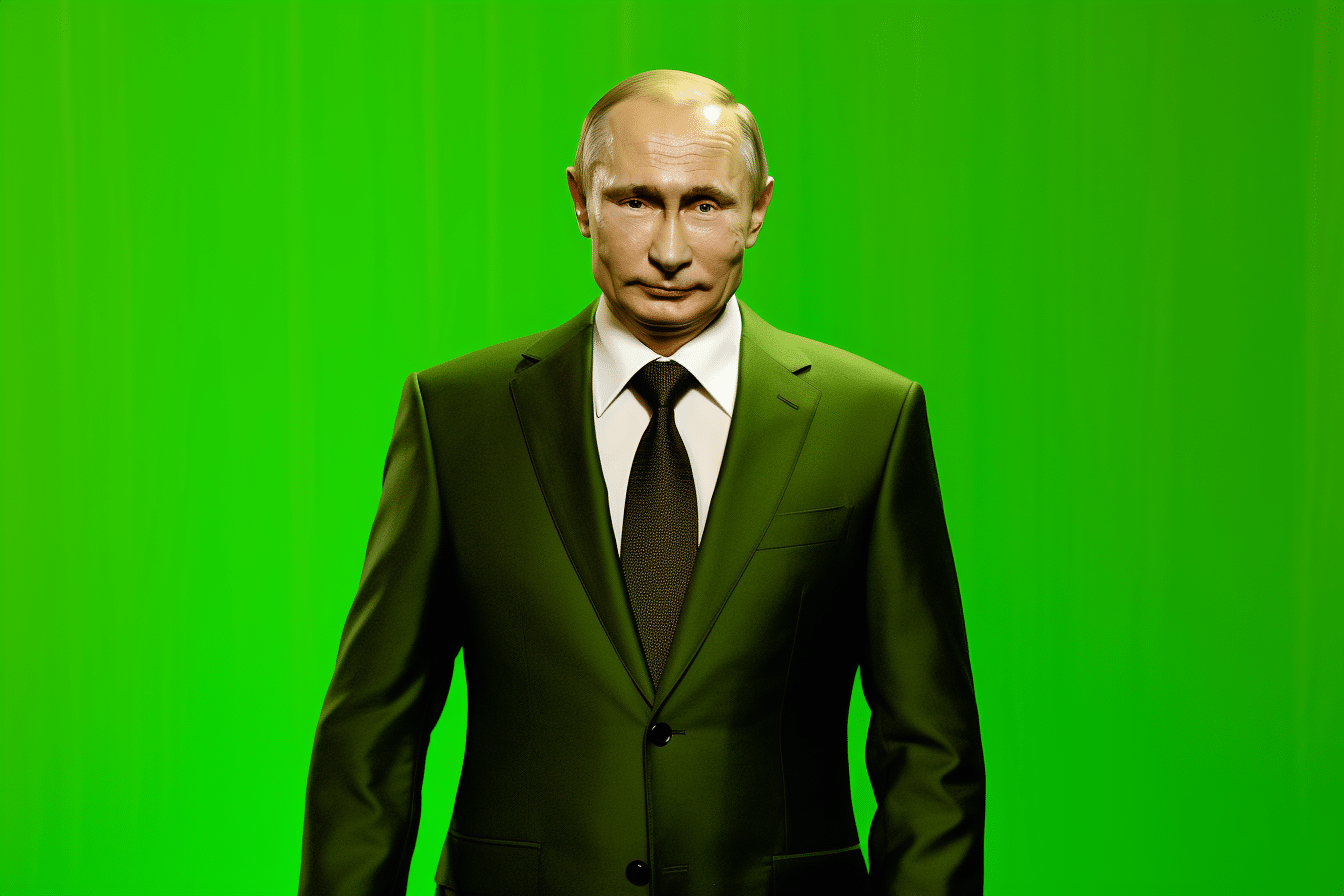
The advancement of technology has given rise to a new era of misinformation, where deepfake videos, especially about the Russian invasion of Ukraine, are distorting people’s perception of reality and sowing deep distrust in media. These manipulated videos are not only damaging the credibility of the media but also fueling conspiracy theories and paranoia.
The Historical Context of Manipulated Imagery
Manipulated images in political propaganda are not a new phenomenon. One of the most famous historical examples is a 1937 photograph of Joseph Stalin walking along the Moscow Canal with Nikolai Yezhov. After Yezhov was executed in 1940, the photograph was doctored to remove him and replace his figure with background scenery. Today, with the advent of artificial intelligence (AI) and social media, these old tricks have been revitalized, becoming more realistic and, therefore, more dangerous.
The Impact on Public Perception of Wartime Media
A study conducted by researchers at University College Cork in Ireland delved into the response of social media users to deepfake content during the ongoing Russian-Ukrainian war. It revealed a startling loss of faith in the veracity of wartime media, with many people reaching a point where they are unable to trust any footage from the conflict. This erosion of trust has been identified as a major issue, leading to a rise in anti-media sentiment and a justification for conspiratorial thinking.
The Emergence and Evolution of Deepfakes
Deepfakes are audiovisual media that have been manipulated using AI to create false impressions. Common techniques include “pasting” the image of a famous politician onto the video of someone else’s body, creating a virtual puppet that appears to say or do whatever the creator wishes. During the Russian-Ukrainian war, deepfake videos emerged from various angles, including a fake video of Russian President Vladimir Putin announcing peace with Ukraine and Ukrainian President Volodymyr Zelenskyy telling his soldiers to surrender. In another instance, the Ukraine Ministry of Defence tweeted footage from a video game, claiming it showed a legendary fighter jet pilot, further adding to the confusion.
A Future Beyond Fake: Tackling Manipulated Media
The proliferation of deepfakes has created a crisis of trust in media, with people struggling to differentiate between what is real and what is fake. This has led to a significant rise in anti-media sentiment and the justification of conspiratorial thinking. To counter this, there is a need for improved “deepfake literacy,” whereby people are educated about what constitutes a deepfake, as well as enhanced skills to identify when media may have been tampered with. However, this must be approached with caution, as raising awareness about deepfakes may also sow distrust in legitimate videos. As such, news organizations and governments must tread carefully as they navigate the complex landscape of manipulated media to avoid further undermining trust altogether.
